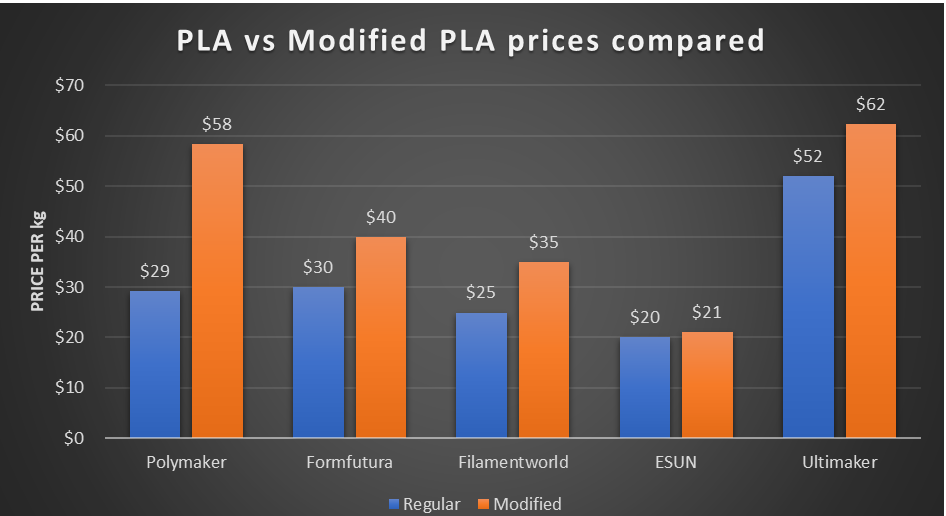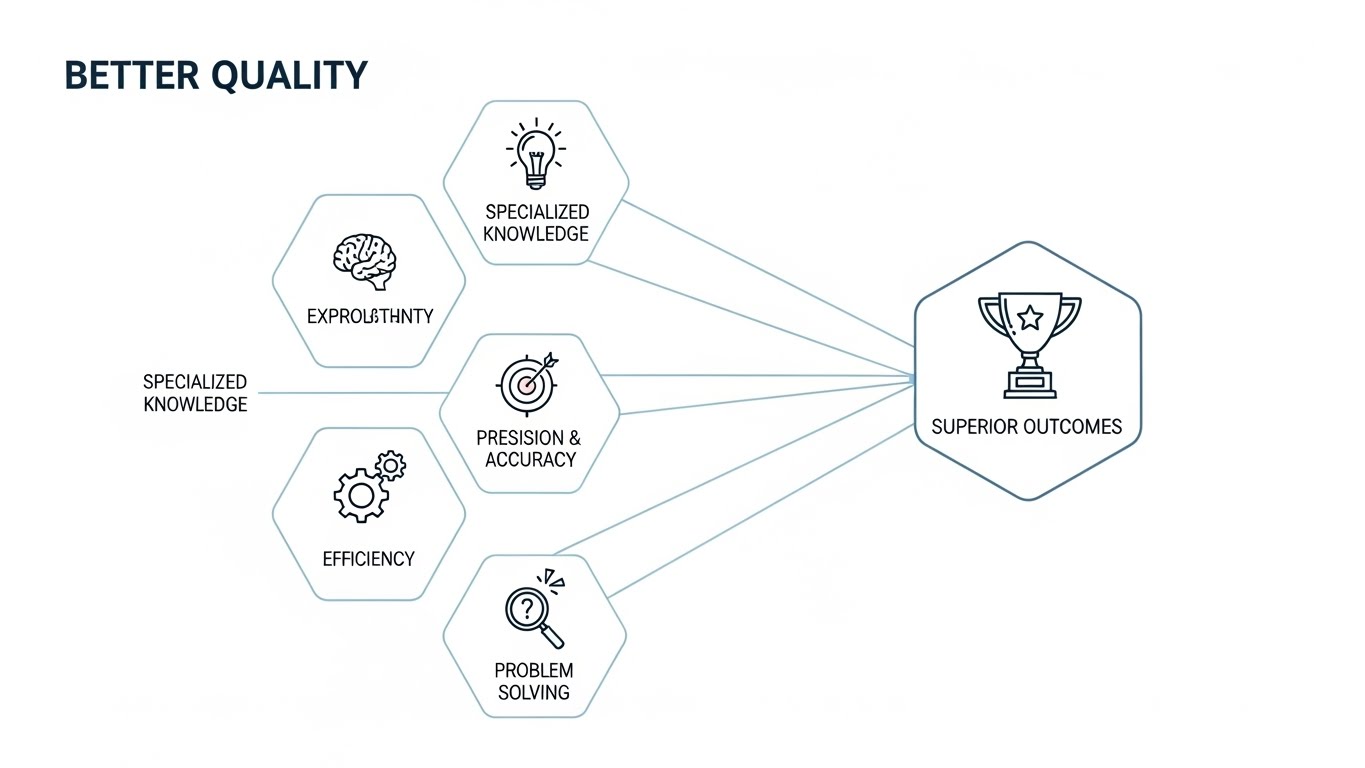PLA is one of the most commonly used filaments for 3D printing, especially for beginners. Due to its cost-effective nature, amazing eco-friendly design, low warping tendencies, and wide availability, many people choose PLA because it makes printing much easier and more effective.
But did you know that even PLA has more variants to it? Yes! Manufacturers have made modified versions of PLA filaments that cater to specific needs, and the most popular versions are Silk PLA and PLA Plus. These materials have some of the most distinct qualities, even from the same filament type.
However, what are some of those differences, and how does SIlk PLA differ from PLA Plus? Let’s find out.
Silk PLA and PLA Plus: A Brief Introduction
Silk PLA is one of the most niched forms of filament. It takes many of the negative sides of regular PLA and makes an amazing filament type in itself. It is mostly used to create high-gloss 3D prints for a variety of reasons and applications. To make it interesting, these PLA types are made specifically to provide high gloss while giving your final product a shine that you will never forget.
A unique aspect of using Silk PLA is that it requires no post-processing to achieve its glossy nature because it is made of a glossier finish from the get-go. If you want a 3D print that will shine and reflect beautifully and allow you to create eye-catching 3D prints, you should opt for Silk PLA.
Compared to Silk PLA, the PLA Plus has a different nature. The PLA Plus comes from standard PLA. However, modifying the regular PLA during its synthesis stage eliminates all the bad parts of regular PLA. It creates a sturdier filament look, which can then be used to create some fantastic 3D prints.
PLA Plus is known to withstand high temperatures and is perfect for mechanical load-bearing applications. To make it enjoyable, this type of PLA also comes with a smoother surface and excellent final look, making it ideal for people who want to create more creative, less rough, and less porous products.
So, what are the differences between Silk PLA and PLA Plus? Let’s find them out.
The Differences in Appearance
Right from the start, the biggest difference you’ll see is that the Silk PLA looks quite different from PLA Plus due to the finish that it provides. The Silk PLA comes with a high-gloss finish that is not only visually stunning but also reflective, opening up a huge new use case for creating certain products. These can include car parts, action figures, and a lot more.
Silk PLA is often available in a wide range of colors, as Chitu System offers with its Silk PLA catalog, which allows you to find multi-color PLA. Products like Conjure Silk PLA provide a glossier and smoother finish without much warping. To make it enjoyable, you also get a tri-color printing option to create gradients.
These characteristics make Silk PLA an excellent choice for people who know what they are doing. PLA Plus, on the other hand, is known for its matte finish. What surprises us the most is that thanks to its professional outlook, you can create many interesting products, including bike parts and anything that requires a sturdier design.
Technical Differences between Silk PLA and PLA Plus
Another big difference is their nature, as Silk PLA and PLA Plus are pretty distinct. So, let’s see how they are different from one another.
- Heat Resistance: Regarding the king of heat resistance in filaments, we know that both ABS and PETG win. But if we compare the heat-taking abilities of Silk PLA and PLA Plus, the latter is a much better option as it can be exposed to heat at a much higher rate.
- Strength: PLA Plus takes the cake here because it is a bit sturdier than PLA Plus. The applications of both types of PLA filaments are different, but if you want to create 3D prints for rough and tough use, then PLA Plus would be your best friend.
- Flexibility: This one might be surprising, but PLA Plus is more flexible than Silk PLA. Pretty interesting. That’s because it can bend more than Silk PLA, as it is generally more studier.
While both have differences in heat resistance, strength, and flexibility, this doesn’t necessarily mean that they are better than one another. It just means that they have such distinct use cases that we can’t really say which one is better for the other.
Printing Experience
The printing experience of SIlk PLA is far better than PLA Plus because the latter is more challenging to print. The perfect temperature to print Silk PLA is 210-230°C. While it does require some extra care in tine-tuning the final results, we know that it doesn’t require post-processing, making it perfect for creating various 3D prints.
PLA Plus prints have higher rates, too, and they can be between 200-220°C. However, due to the added toughness, it prints a bit slower than Silk PLA but offers less warping during the printing stage.
Both types of PLA offer excellent printing experiences, but Silk PLA has the best experience since less fine-tuning is involved.
Choosing The Right PLA
Both PLA types are perfect for your specific use case, but if you want a Silk PLA with less warping, better results, and a cost-effective price, consider checking out Chitu System’s Silk PLA products.
You have many options, including multi-color Silk PLA filaments, that you can use to create awesome 3D prints and thrive as a 3D printing enthusiast.












